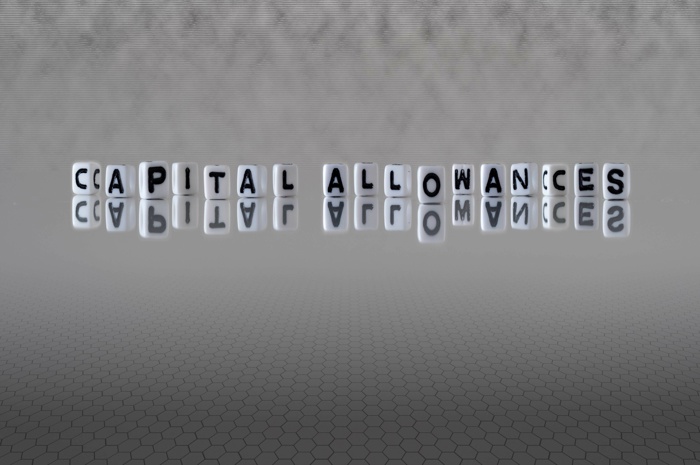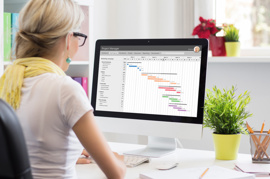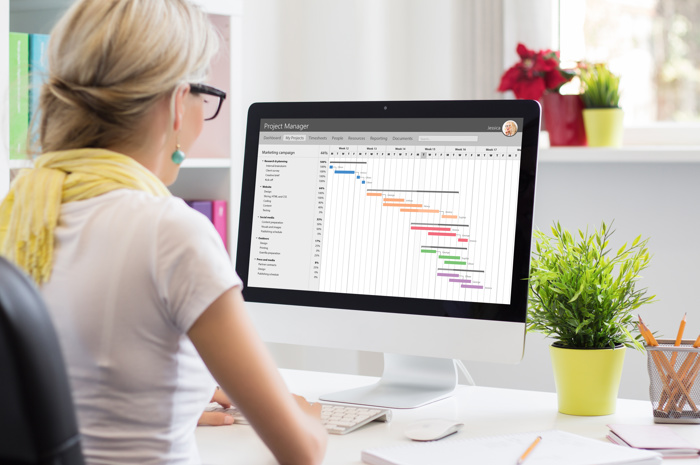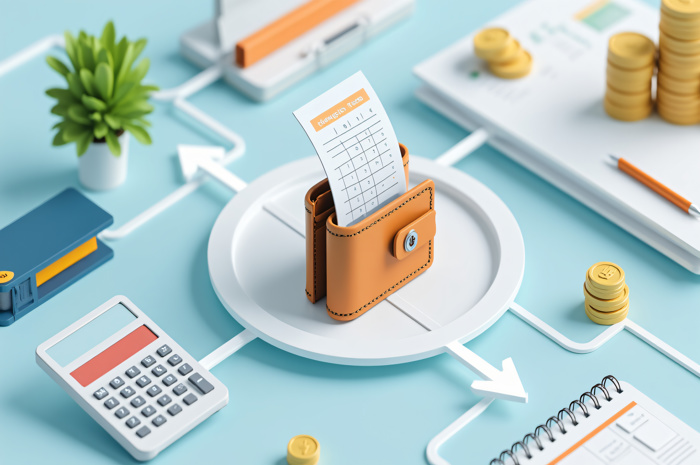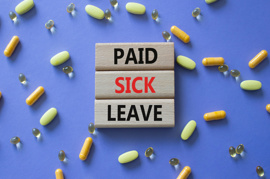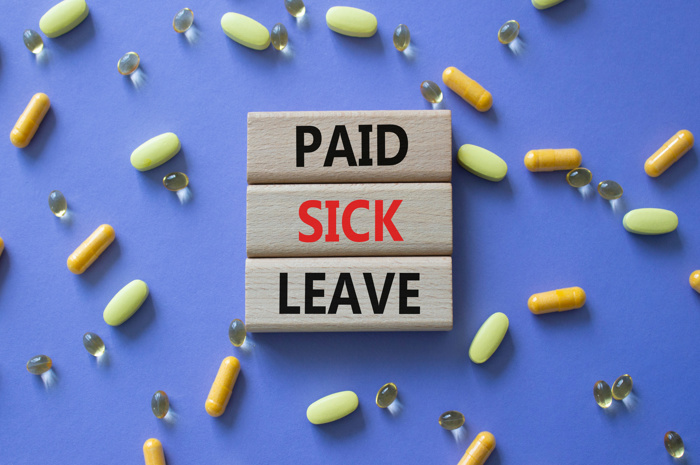What are Capital Allowances?
In their simplest form capital allowances are a type of tax relief for businesses. They allow a business to deduct some or all of the value of an item from your profit before tax. They can be claimed on a range of items that are bought for use in a business – these items are known as ‘plant and machinery’. For any company registered with companies house they must claim their capital allowances on their corporation tax return (CT600) this article will shed light on what can be claimed under each allowance.
What types of capital allowance are there?
There are multiple types of capital allowances. Each allowing a business to claim different amounts, depending on which capital allowance they decide to use.
The capital allowances available to use, depending on your accounting period, are:
- Annual Investment Allowance (AIA)
- Writing Down Allowance (WDA)
- 100% First Year Allowance (FYA)
- Super Deduction Allowance
In the event when an item qualifies for more than one capital allowance, a business can choose which allowance it uses for that item. When making this decision the business owner should take other criteria into account.
Why claim capital allowance?
Capital allowances are a powerful tool, with many benefits to businesses. Just a few benefits to using capital allowances are:
- Reduces your taxable income and in turn reduces the tax it must pay
- Improve cash flow and keep cash in the business
- Improve profitability by reducing operating costs
- Allows businesses to write off the cost of capital expenditure over time
How does the Annual Investment Allowance (AIA) work?
The AIA amount has now been permanently increased to £1 million for any qualifying expenditure on plant and machinery incurred from 1st April 2023. AIA allows a company to immediately make deductions of the full value of qualifying items from a business’s profit before tax.
If the asset has been purchased but the business is only planning on keeping the asset for a short period then claiming the AIA could cause a balancing charge on disposal (when the item is sold).
There are certain items which you cannot claim your AIA on, these are:
- Business cars
- Items business owners had owned for another reason before the item started using them in your business
- Items given to you or your business.
On these expenses a business should claim WDA instead.
How does the Written Down Allowance work?
The WDA makes it so that a business can deduct a percentage of value of the certain items from their profits each year. To claim writing down allowances a business must group its items into pools, which pool the item is put into is dependant on which rate it qualifies for. There are 3 types of pools an item can qualify for with 3 different rates, they are:
- Main pool – 18%
- Special rate pool – 6%
- Single asset pools – 6% - 18% (depending on the item)
What are the differences between each pool?
What’s goes in the Main Rate Pool?
In the main rate pool, a business can claim 18% tax relief on all ‘plant and machinery’ a business buys, unless the items must be put into one of the other pools (special rate pool or single asset pool).
Items that do not count as plant and machinery are:
- Things you lease (unless you have a hire purchase contract or long funding lease) – you must own them
- Items used only for business entertainment, for example a karaoke machine
- Land
- Structures for example bridges, roads, docks
- Buildings including doors, gates, shutters, mains water and gas systems
Items that do count as plant and machinery are:
- Items that you keep in your business
- Costs of demolishing plant and machinery
- Parts of a building considered ‘integral features’ – these features are also known as ‘integral features.’ There are many integral features, these are things like lifts, escalators, moving walkways, space and water heating systems, hot and cold-water systems, electrical systems such as lighting or external solar shading.
- Some fixtures, for example fitted kitchens, bathroom suites, fire alarms and CCTV systems
- Alterations to a building to install plant and machinery – not including repairs
What goes in the Special Rate Pool?
The Special rate pool allows businesses to claim 6% tax relief on specific items. Some of these specific items are:
- Parts of a building considered integral
- Item with a long life – for an item to be long life it must have a useful life of at least 25 years when they were new.
- Solar panels
- Thermal insulation that the business has added to the building
- Cars with CO2 emissions over a certain threshold but this depends on the car and when the business bought it. You can check the threshold of your business car here: Business Cars
What goes into the Single Asset Pool?
A business may need to create more than one pool for single items that fall into one of two criteria:
- The items have a short life (for assets a business will not be kept for a long time)
- The item is used outside of the business (only applicable if you are a sole trader or in a partnership)
What are Short Life Assets?
For a short life asset, the actual or expected life of the asset is not relevant when deciding whether it qualifies for short life asset treatment. Here is a helpful link which helps businesses understand short life assets: Capital Allowance Manual
All expenditure on a short life asset goes into a single asset pool, this is the only expenditure that goes into that pool. If a final chargeable period has not occurred by the eight-year cut-off, the expense in the short life asset pool is moved into the main pool. The eighth anniversary of the end of the chargeable period in which the expense is incurred is the cut-off date of eight years.
How does the 100% First Year Allowance work?
The 100% FYA allows businesses to deduct 100% (full cost) of qualifying assets from its profits before tax. Similar to the other allowances there are certain items which qualify for this allowance, these qualifying items are:
- Electric cars & cars with zero CO2 emissions
- Plant and machinery for gas refuelling stations, for example storage tanks or pumps
- Gas, biogas and hydrogen refuelling equipment
- Zero-emission goods vehicles
- Equipment for electric vehicle charging points
How does the Super-Deduction work?
The super-deduction allowance can be claimed if the asset was bought for your business in the period from the 1st April 2021 until 31st March 2023. A super deduction lets you deduct up to 130% items cost from your profit before tax.
The super-deduction was introduced as post Covid-19 there was a lack of business investment and to combat this the government made capital allowances more generous in order to stimulate business investment. It gave companies a strong incentive to make additional investments and to bring planned investment forward.
How to Claim Capital Allowances?
If you want to know how to claim capital allowances have a read of our How to claim capital allowances on a corporation tax CT600 return article. This article will walk you through an easy-to-follow guide to claiming your capital allowances.
